Tips for Harvest-Ready Grapes
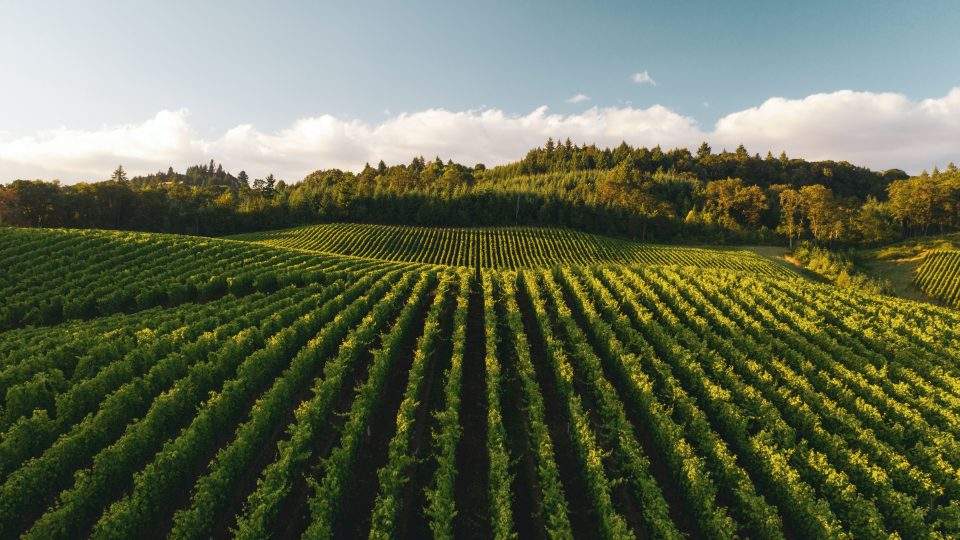
Harvest season is a complicated time. Choosing when to harvest is one of the most important decisions a winemaker has to make. We aren’t going to sugarcoat it – it can be a lot of pressure. But as intimidating as harvest season can be, there are things you can do to make you feel confident in knowing when to harvest. Here are some of our tips and tricks…
Harvest Do’s and Don’ts
Do: Taste the Fruit
This is pretty self-explanatory. Make sure you actually try your grapes before you pick them. This may seem like we’re stating the obvious… and that’s hopefully because we are. As a winemaker, you learn the characteristics of each variety of grape and what they are supposed to taste like. As a general rule, your grapes should be plump, firm, juicy, sweet, and most importantly, delicious. Your own palate is a great tool!
Do: Look at the Coloring
Again, another obvious one. Checking the coloring of your grapes is a great way to confirm their ripeness. Ripe grapes will be uniformly colored throughout the entire cluster. Red grapes will have a dark purple color and green grapes will actually appear more yellow than green – this is normal!
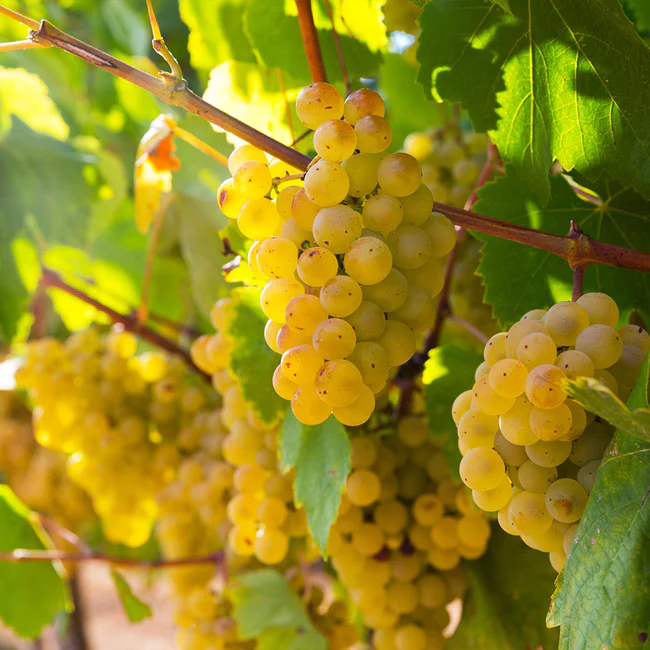
Don’t: Overly Rely on the Color
As important as it is to inspect grape coloring, this is NOT enough to determine the ripeness of your grapes. This is because grapes can develop their full color one to three weeks before they are actually fully ripe. Winemakers beware, looks can be deceiving!
Do: Feel the Texture
Feeling your grapes can help you determine their ripeness. To do this, gently press the grape between your fingers. Ripe grapes will feel firm, plump, and packed with yummy juices. If your grape doesn’t have any squeeze, it’s a good indicator that your grapes aren’t fully ripened. WARNING: Squeeze lightly!
Do: Watch for Animals
Once your grapes are ripe, birds and other animals will start to pick and nibble at your crop. These guys are hungry, and they know when your crop is ripe and ready to eat. Keep your eye out for birds perched on your vines and half-eaten clusters. If the animals are eating your grapes, you know you can too!

Don’t: Wait to Take Action
As soon as you start to notice the birds and other animals, DON’T wait to put up netting, add visual deterrents, or go right to harvesting. You don’t want half your crop missing by the end of the season because, trust me, these animals will beat you to it.
Do: Measure Brix, pH, and TA
Whether in the field, in the winery, or sending to a third-party lab, it is important to monitor the sugar and acid levels of your grapes as they ripen. Based on the stylistic goals for the wine, the grape chemistry can be used to determine if it is time to harvest. Keeping an eye on the trends can help determine ripeness.
The Brix will increase as the grape accumulates sugar. Most varietals target between 20-25 Brix, however, grapes for sparkling wines are often picked closer to 17-19 Brix and grapes for dessert-style wines are left to hang as long as possible – the higher the Brix, the better.
The pH will increase, starting at less than 3.00 and climbing towards 4.00. Targeting 3.20-3.40 is ideal for most varietals and styles.
The titratable acidity (TA) will decrease as acids, like malic acid, are metabolized. The general window for TA is between 6.0 and 8.0 g/L.

Don’t: ‘Cherry Pick’ your Grape Samples
If you only pull the ripest, best-looking grapes for sampling, you won’t get a good representation of what is in your vineyard or block. Make sure to pick berry or cluster samples that include all stages of development currently present – that means ripe, underripe, and rotting (if applicable).
Do: Plan Accordingly
Make sure you’re harvesting your grapes on a warm and sunny day. Grapes used for winemaking are picked in early fall and are left on the vine for two to three months longer than table grapes. This is so they have a higher sugar concentration for the fermentation process.
Harvest times differ due to seasonal differences. In the northern hemisphere, grapes are harvested in August, September, or October. In the southern hemisphere, grapes are harvested in February, March, or April.
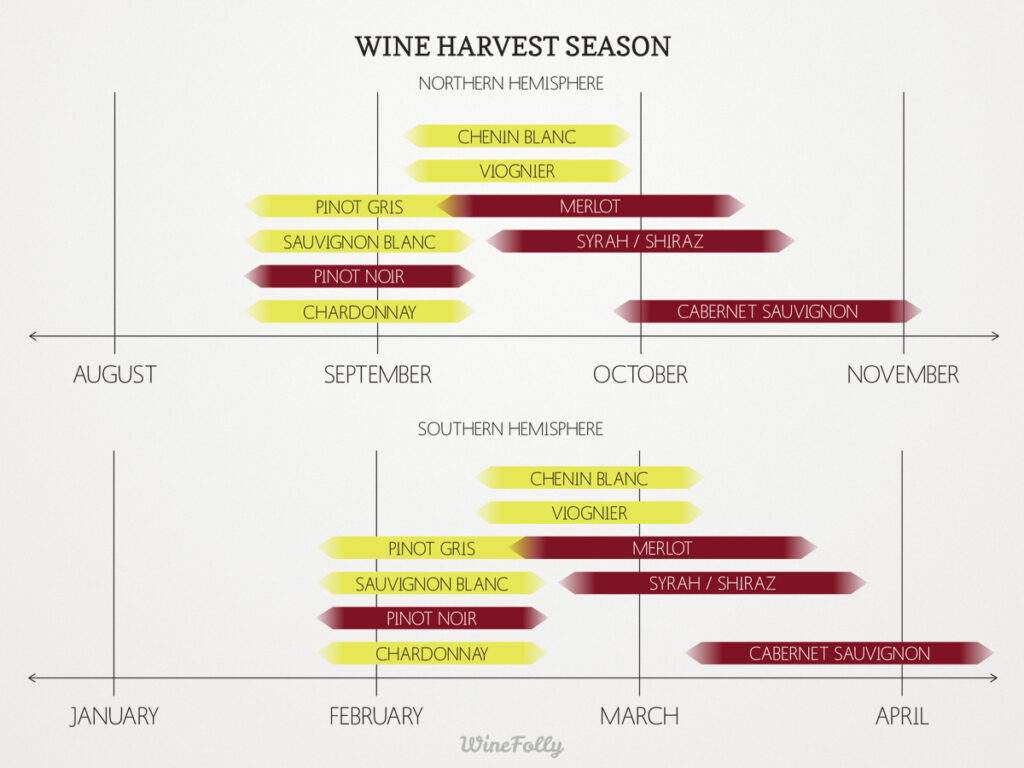
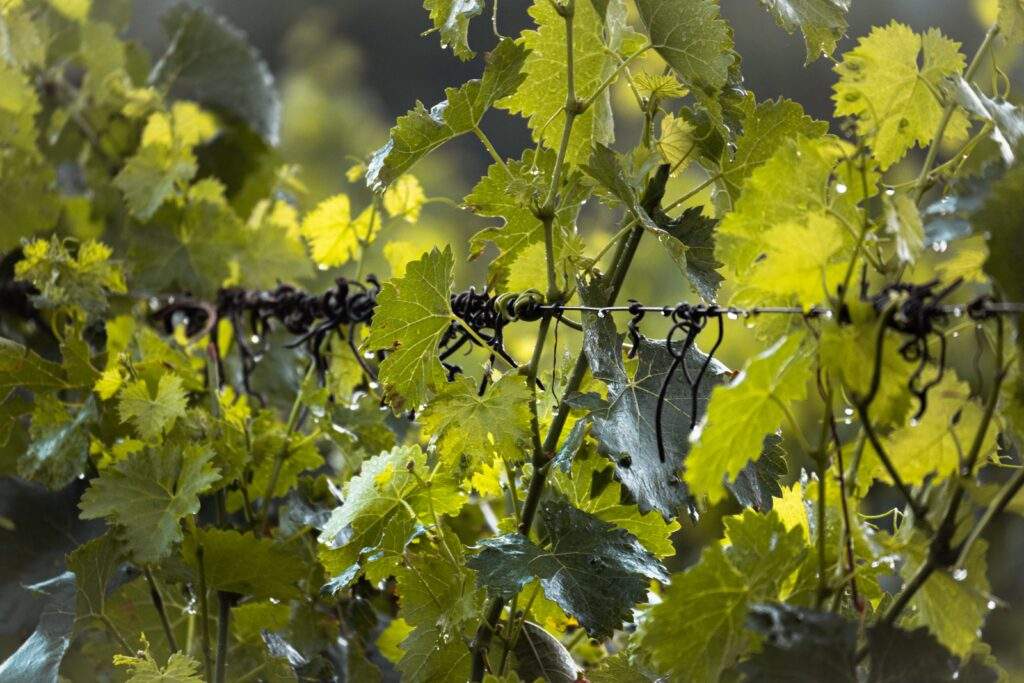
Don’t: Harvest in the Rain
Do NOT harvest on a rainy day. This is a bad idea for three reasons. 1) Rainwater will be absorbed by the grape and dilute its sugar content, which in turn, can affect the fermentation process and the wine’s taste. 2) Water absorption weakens the grape’s skin. Grapes with weaker skins do not transport well. 3) If the grape absorbs too much water, there is the possibility it could burst. A leaky grape is a disaster for obvious reasons, less juice creates less wine. This also becomes a feeding ground for unwanted microbes.
Do: Use the Appropriate Tools
Use garden pruners to snip your clusters off the vine. Keep bins or buckets handy to drop your clusters in after snipping – you won’t be able to juggle all those clusters with just your hands. Make sure you’re cutting your clusters at the top of the stem, right before it meets the vine.
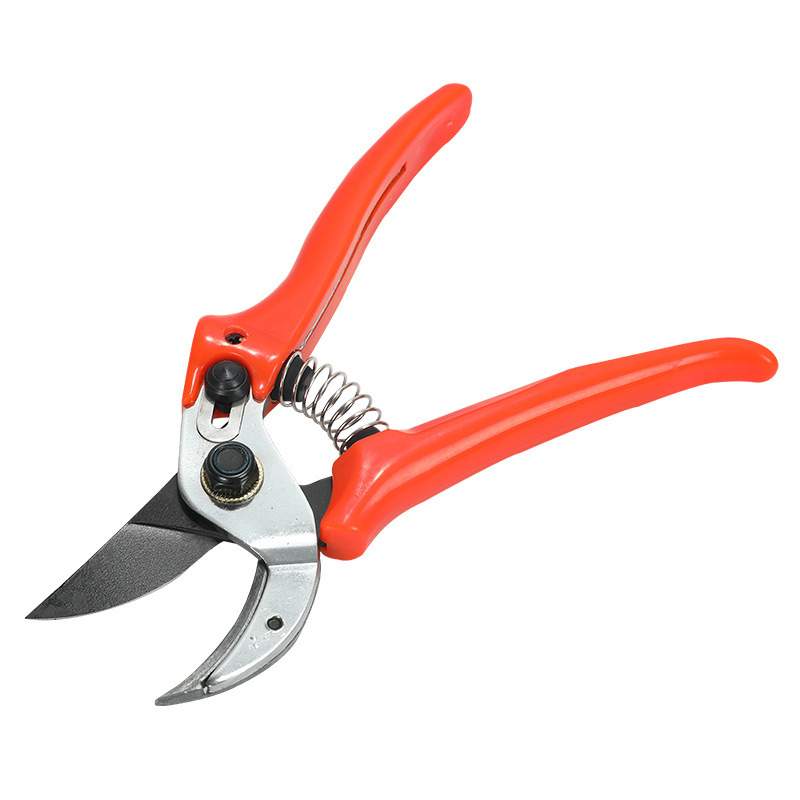
Don’t: Manhandle the Vines
Don’t try to tear the clusters off the vine with your hands. You don’t want to risk hurting the grapes or the vine. It doesn’t matter how strong you are, be nice to the precious.
Do: Pro and Con Manual vs Mechanical
Whether you choose to harvest manually or mechanically is an extremely personal choice. There are a lot of pros and cons to both methods that you should debate when picking the right method for your vineyard. Manual harvesting is more labor intensive but the option to cluster select is there. Mechanical harvesting is efficient but has a high cost of entry.
Interested in what mechanical harvesting looks like? Check out the video below.
(This is not a sponsorship for New Holland, they just created a cool video.)
Other Resources
Dami, Imed. “Determining Grape Maturity and Fruit Sampling.” Ohioline, 22 Jan. 2014, https://ohioline.osu.edu/factsheet/HYG 1436.
Klodd, Annie. “Ask Extension: When Are Grapes Ready to Pick?” UMN Extension, 20 Aug. 2020, https://extension.umn.edu/yard-and-garden-news/when-harvest-grapes.
